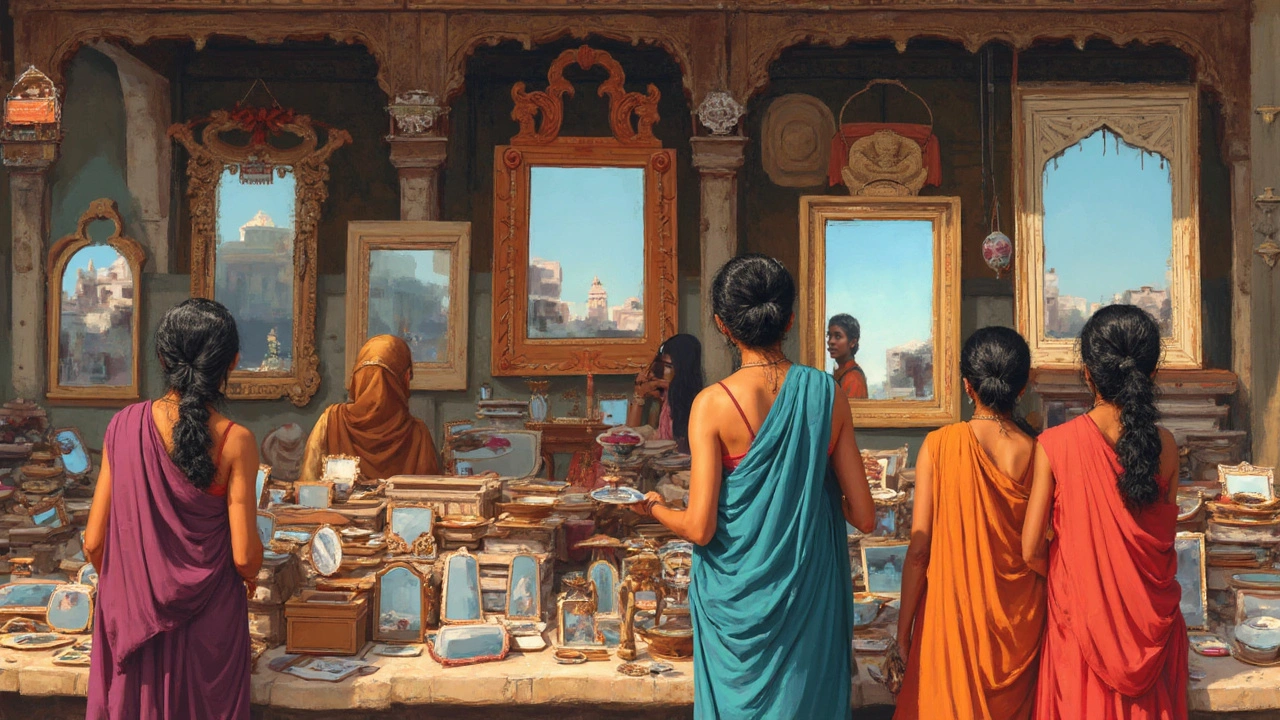
What Are Cheap Mirrors Made Of?
Discover the materials that make cheap mirrors an affordable alternative without compromising functionality. Learn how different components like glass, reflective coatings, and backings play a role in pricing. Get tips on choosing budget-friendly mirrors that fit your style and needs. Understand the durability and potential drawbacks of inexpensive mirror options.
View More